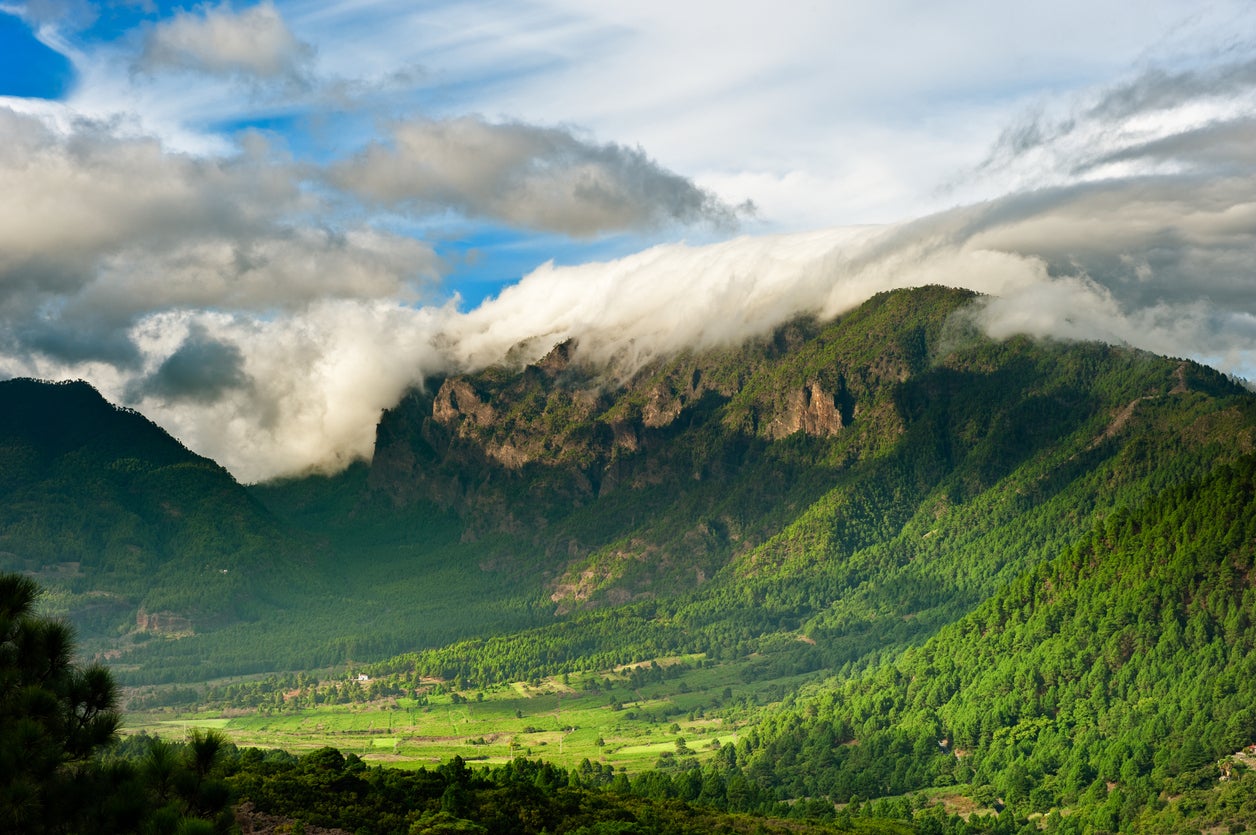La Palma volcano: Canary Islands hit by 40 tremors in 48 hours
The popular holiday island is being monitored for volcanic activity

Your support helps us to tell the story
From reproductive rights to climate change to Big Tech, The Independent is on the ground when the story is developing. Whether it's investigating the financials of Elon Musk's pro-Trump PAC or producing our latest documentary, 'The A Word', which shines a light on the American women fighting for reproductive rights, we know how important it is to parse out the facts from the messaging.
At such a critical moment in US history, we need reporters on the ground. Your donation allows us to keep sending journalists to speak to both sides of the story.
The Independent is trusted by Americans across the entire political spectrum. And unlike many other quality news outlets, we choose not to lock Americans out of our reporting and analysis with paywalls. We believe quality journalism should be available to everyone, paid for by those who can afford it.
Your support makes all the difference.La Palma, one of the Canary Islands, was hit by a series of mini-earthquakes at the weekend, measuring between 1.5 and 2.7 on the Richter scale.
Between Saturday 7 and Tuesday 10 October the island experienced 50 tremors, with the biggest taking place on Saturday at 1pm.
However, the tremors took place at a depth of around 17 miles below sea level – deep enough that people on the island didn’t feel them.
La Palma is the most actively volcanic of the Canary Islands; its most recent eruption took place in 1971, when the Cumbre Vieja volcano spewed lava.
The recent set of tremors is catagorised as a “seismic swarm”, a phenomenon that is not considered abnormal, director of the IGN in the Canary Islands, María José Blanco, told Canarias7.
She noted, however, that they had “never recorded a similar swarm” since they started monitoring seismic activity on La Palma.
The IGN and the Volcanological Institute of the Canary Islands (Involcan) are now keeping a closer eye on La Palma’s volcanic activity in light of the swarm.
La Palma is the most north westerly of the Canary Islands, home to more than 86,000 residents.
Join our commenting forum
Join thought-provoking conversations, follow other Independent readers and see their replies
Comments